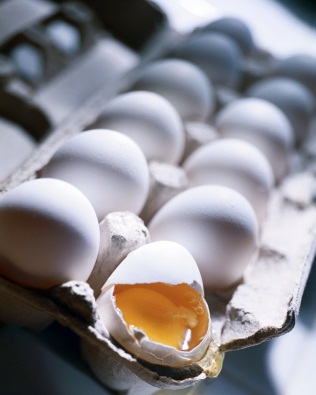Buying local reduces food waste, which is recyclable as compost for your garden
Developing food waste reduction habits and composting can reduce food waste, save money, conserve resources and produce a valuable soil additive for your gardens.
 Of
all the food grown in the United States, up to 40 percent of it is lost getting
it from the farm to our fork, according to recent research from the Natural Resources
Defense Council. From seed to salad our food requires
10 percent of the nation’s energy budget, and required 80 percent of all the
freshwater used annually. What does this mean? With this kind of investment for
all sources of our food can we really afford a 40 percent loss? In another
industry this would be unacceptable.
Of
all the food grown in the United States, up to 40 percent of it is lost getting
it from the farm to our fork, according to recent research from the Natural Resources
Defense Council. From seed to salad our food requires
10 percent of the nation’s energy budget, and required 80 percent of all the
freshwater used annually. What does this mean? With this kind of investment for
all sources of our food can we really afford a 40 percent loss? In another
industry this would be unacceptable.
Where do these losses come from? In the North American supply chain, our food for consumption goes through five phases. There are losses at each phase.
- Phase1: Losses during production and harvest (This year’s drought would be a direct culprit for losses).
- Phase 2: Postharvest, handling and storage losses. (Recall that “fresh” means “perishable.”)
- Phase 3: Losses during packaging and processing. (Some losses are unavoidable such as peelings, bones, egg shells, etc.)
- Phase 4: Distribution and retail losses. (If someone does not buy it in a timely fashion it goes bad just the same.)
- Phase 5: Consumer losses including restaurant foods. (By far, the largest percentage of loss occurs here.)
Some we can control, some we cannot. We have a nation that demands perfect, soil- and blemish-free food. Many of these not-so-perfect specimens often wind up in the landfill rather than recycled or creatively used. Some solutions that have always helped are to make processed products out of the not-so-perfect specimens of our fruits and vegetables. Some examples are applesauce from imperfect apples and “baby cut” carrots from the crooked carrots growers won’t sell in the produce stand. Other choices are diversion into animal feed when possible or compost facilities for recycling back into a usable soil amendment product.
At home and when we go out to eat, we waste food. From the “yucky” bits we trim off during our own cooking to the overlarge portions that are discarded at restaurants. We are throwing away 50 percent more food than we did 40 years ago. Recognizing that out-of-the home food consumption is up (people in the U.S. go out to eat about 2.5 times per week) and food portion sizes have increased overtime enables us to exert some control.
Misunderstanding of package labeling is also a factor in pre-mature food discarding. The “use by” and “best by” dates found on our food products are suggestions for peak quality by the manufacturer. They do not necessarily indicate when the food will expire or how safe the food is to consume. The only exception to this is infant formula which has federally regulated “use by” dates. By developing habits that saves food at a national level now we can help to reduce losses and the need to increase production in the future.
Some steps we can take at home to reduce are food waste include following the 3-Rs of recycling: reduce, reuse and recycle (compost). Reduce waste by buying only what is necessary; buying locally reduces the number of phases some fresh foods go through. Another option is to purchase only what your family can consume in a reasonable time or by the food’s expiration date. Buying in bulk can save you money, but not if you wind up throwing half of it – and your savings – away because it went bad before you could use it. Reuse scraps by making stocks and soups. Plan in advance how to use or preserve leftovers. For example extra cooked rice can be eaten the next day, remade into a new dish or frozen for future consumption.
Stores, restaurants and other commercial establishments can consider donations of extra un-served or unsold products. Recycle through composting either at home or through your community services.
For more information about food and composting, contact your county Michigan State University Extension office or your local recycling coordinator.



 Print
Print Email
Email


